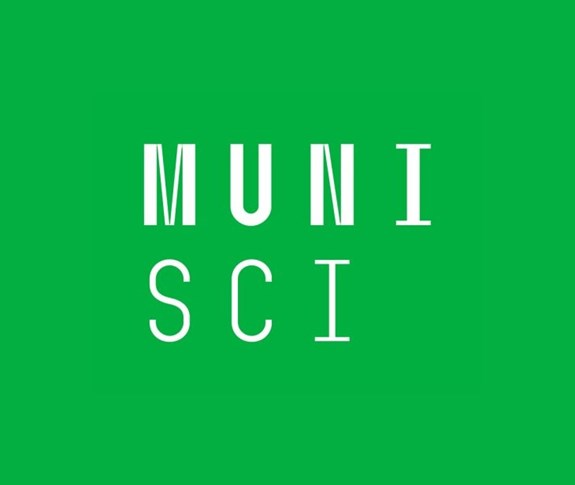An international research team led by Florian Peißker at the University of Cologne has used the new observation instrument ERIS (Enhanced Resolution Imager and Spectrograph) at the Very Large Telescope (VLT) facility in Chile to show that several so-called ‘dusty objects’ follow stable orbits around the supermassive black hole Sagittarius A* at the centre of our galaxy. Earlier studies had surmised that some of these objects could be swallowed up by the black hole. New data refute this assumption. The findings have been published under the title “Closing the gap: Follow-up observations of peculiar dusty objects close to Sgr A* utilizing ERIS‘’ in the journal Astronomy & Astrophysics. Michal Zajaček (Masaryk University), a second author of the study, previously worked on a “dust-enshrouded star” model of these dusty objects. Observational findings recently obtained by the VLT provide new support for this scenario.
The study focused on four of these unusual celestial bodies, which have been the subject of much discussion in recent years. In particular, G2 was long regarded as a pure gas and dust cloud. It was thought to have been initially elongated by the gravitational pull of Sagittarius A*, a process known as 'spaghettification', before being destroyed. However, the specific observations made with ERIS, which captures radiation in the near-infrared range, show that G2 follows a stable orbit. This is an indication that there is a star inside the dust cloud. These results confirm that the centre of the Milky Way is not only destructive, but can also be surprisingly stable.
The binary star system D9, which Peißker and Zajaček discovered in 2024, also remains stable despite the enormous tidal forces of the black hole. It is the first known binary star system to be observed so close to a supermassive black hole. In theory, the stars involved in D9 could merge to form a single, more massive star due to strong tidal forces of the supermassive black hole. However, the ERIS data so far show that D9 remains intact. The same applies to Objects X3 and X7, which also orbit in stable orbits and are therefore less fragile than earlier models had suggested.
“The fact that these objects move in such a stable manner so close to a black hole is fascinating,” says Florian Peißker. “Our results show that Sagittarius A* is less destructive than was previously thought. This makes the centre of our Galaxy an ideal laboratory for studying the interactions between black holes and stars.”
The results demonstrate that the processes at the centre of the Milky Way are more complex than previously assumed. “The supermassive black hole at the center of the Milky Way has not only the capability to destroy stars but it can also stimulate their formation or the formation of pretty exotic dusty objects, most likely via mergers of stellar binaries,” clarifies Michal Zajaček. Future observations from the ERIS and the Extremely Large Telescope (ELT) – which is currently under construction – should help to further track the evolution of these objects and to understand how stars can survive even in the extreme regions of the universe.
Media Contact:
Dr Florian Peißker
Institute of Astrophysics
+49 221 470 7791
peissker@ph1.uni-koeln.de
Dr Michal Zajaček
Masaryk University
+420 549 49 8773
zajacek@physics.muni.cz
For publication:
https://www.aanda.org/10.1051/0004-6361/202556229





